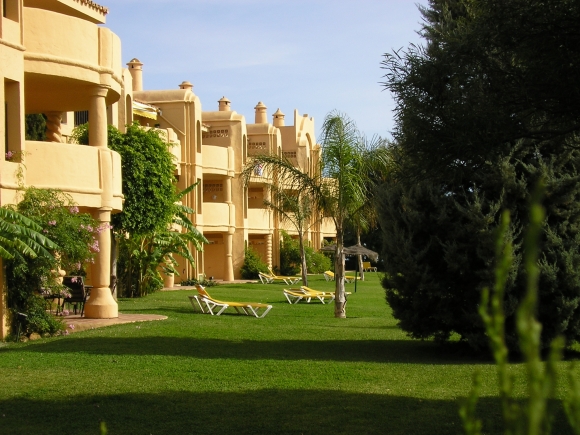If you’re cash rich and looking to buy property in Spain, you’ve arrived at probably the best time. Most analysts agree that market conditions this year to buy a home in Spanish are optimum.
But with a market literally awash with properties for sale – and lets not forget that we’re talking hundreds of thousands here – the buyer can understandably feel at sea. Quantity is, after all, not always a good thing.
To help sift through the vast stockpile of properties in Spain, this blog post gives a few pointers to help whittle the many options down to a manageable list. Here are some dos on what sort of Spanish property to buy. Where to buy them will come later.
New Property in Spain
Upwards of 750,000 new builds mean you’re spoilt for choice, but once again, more doesn’t necessarily mean better.
Do –
- Choose a new build in a finished complex or at least in the completed phase of a complex. Give half-built developments a wide berth.
- Make sure the new build comes with all its specifications. If it doesn’t, ask for a big discount or walk away.
- Check the new build has its first occupation licence. If it hasn’t, walk away.
- Find out what discounts the developer is prepared to offer. Insist on this one as your efforts could be worthwhile.
- Allow for around 13 per cent extra in taxes and costs (including 10 per cent VAT).
Resale Homes in Spain
While there aren’t as many resale homes on the Spanish property market as new builds, the buyer still has plenty to choose from.
Do –
Choose an agent with a good reputation. Ask around for recommendations and do a quick Google search on the agent.
- Get a survey. This will alert you to any hidden defects.
- Check the title deeds description matches the property.
- Find out what the building regulations are in the area in case you want to extend or make changes to the property.
- Make a realistic offer. On Spanish properties priced to sell, don’t expect the seller to accept more than 10 per cent below the asking price.


